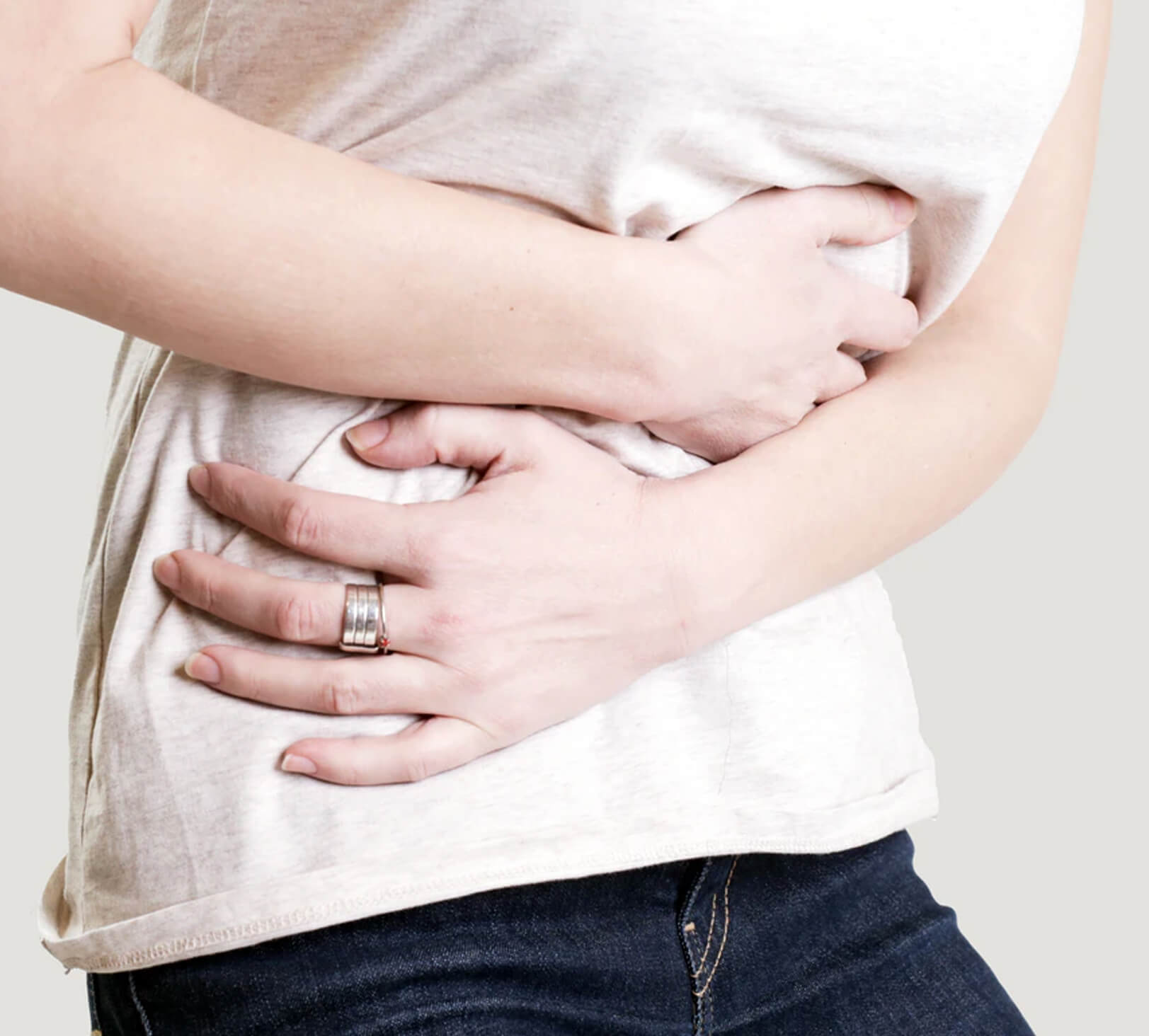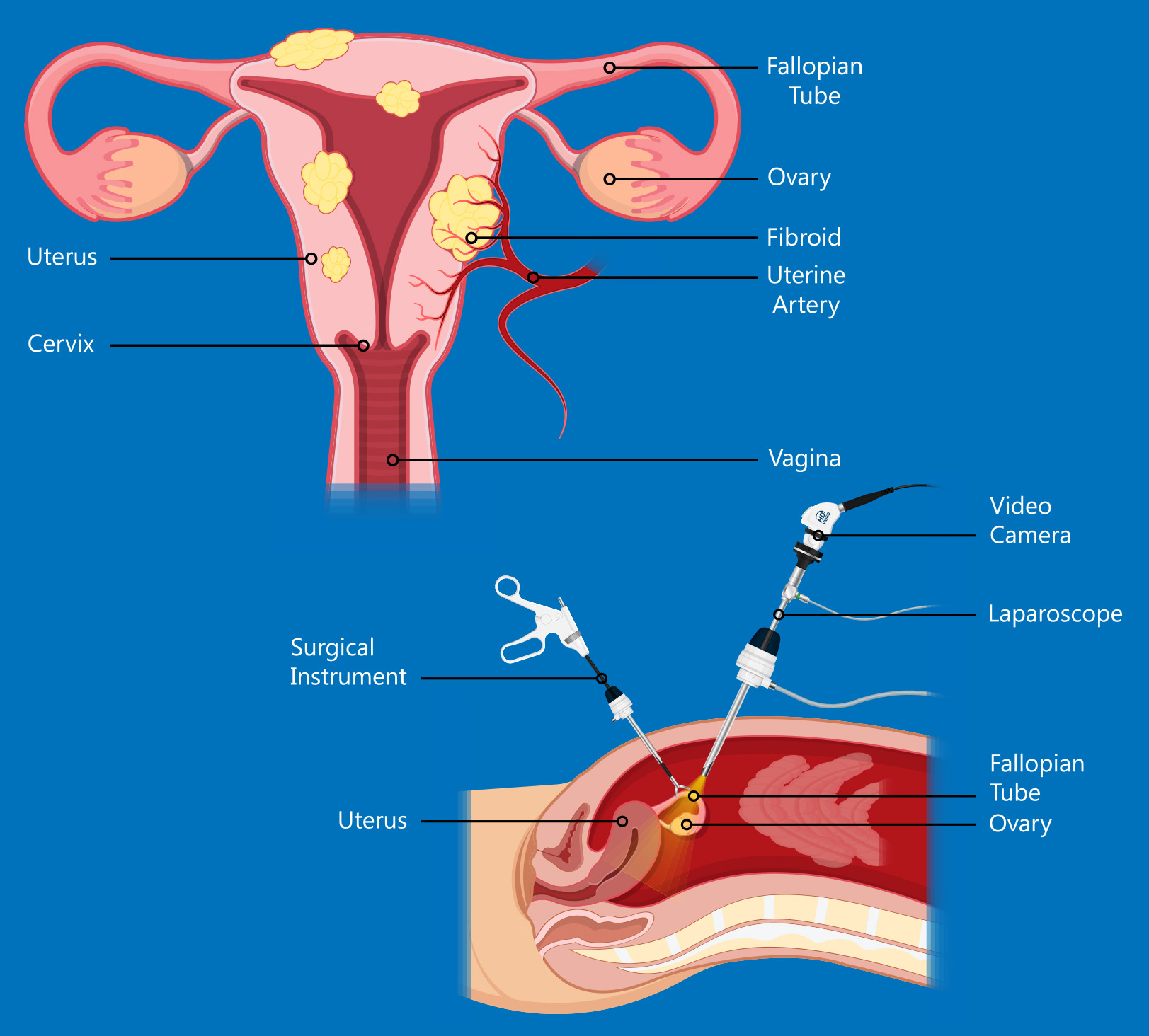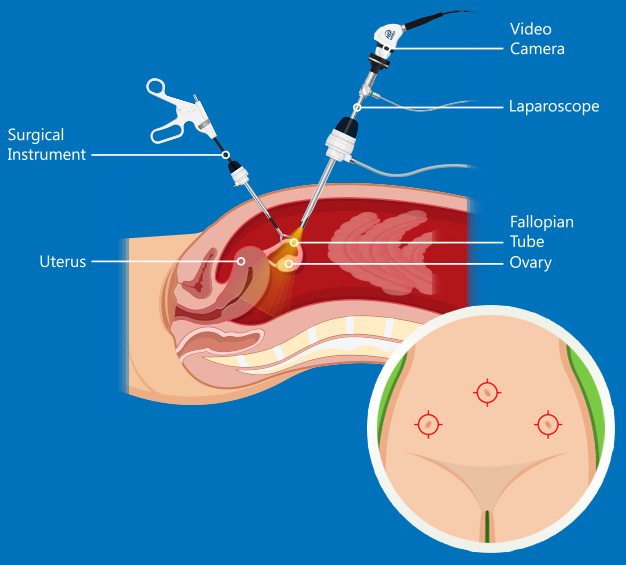Pelvic Exam
& Ultrasound Scan
Many women might not know that they have uterine fibroids because most fibroids are asymptomatic and do not cause any discomfort. They may incidentally discover the presence of these growths during a pelvic exam or ultrasound scan.
A pelvic examination is a physical examination which involves the doctor trying to palpate the uterus to check for the presence of enlarged uterine fibroids. We recommend women of reproductive age to undergo regular pelvic examinations.
An ultrasound scan, which uses high frequency sound waves to re-create an image of your uterus, may be required to confirm the diagnosis of uterine fibroids.
When the diagnosis is confirmed, our gynae for fibroids will discuss with you the various fibroid treatment options available so that you would be in a better position to participate in making informed decisions with regards to your wellbeing.





